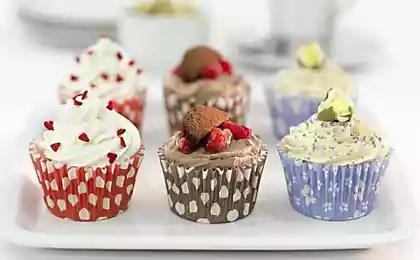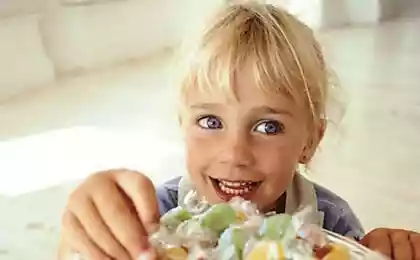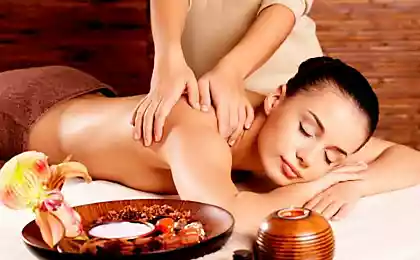496
Why hummingbirds love sweets

To feel the taste of flower nectar, hummingbirds have to alter the taste receptor, it is not designed for sweet.
The metabolism of a Hummingbird has incredible speed, even by bird standards. And I understand why – just look how fast these birds flap their wings. If you measure the heart rate of a Hummingbird, it would appear that their heart can beat at a speed of 20 strikes per second. This physiology requires a constant influx of fuel, that is, nutrients, and although hummingbirds can catch insects, the basis of their diet is nectar rich in sugars. In a relationship with food this is a truly unique choice – none of the birds nectar is never "mastered".
Hummingbirds have made a big evolutionary success: more than 300 species spread across North and South America, from tropical wet forests to Alpine areas on the slopes of the Andes. However, in order to make a choice in favor of sweet, rich in carbohydrates and energy-consuming nectar, hummingbirds would have to feel its sweet taste. And here lies one of the biggest evolutionary and genetic mysteries: of sweet taste receptors in birds no.
It is known that the main five tastes: bitter, sour, sweet, salty and umami, or, as it is called, taste of proteins. Each of them has its own type of receptor. For example, in animals the taste of sweet carbohydrates occurs through receptor proteins T1R2 and T1R3, umami "feel" proteins T1R1 and T1R3 again. But when in 2004 sequenced the genome of the chicken, it found no traces of the gene T1R2, without which the receptor is unable to feel sweet. Not been found in other bird genomes. T1R3 was, but it, without a partner T1R2, for the perception of sweet taste is not enough. By the way, cats also don't feel sweet, but their genome is nonfunctional gene for sweet taste", which once worked, but now – no. But birds have even this option is missing. And then there is the question of how Hummingbird could love sweet, if they don't feel that?
To unravel the mystery of tried researchers from Harvard, together with colleagues from the University of Tokyo. They decided to directly test how the proteins taste buds of birds will react to a particular taste. For this, the cells in which proteins were synthesized receptor for umami (T1R1 and T1R3), treated with different taste stimuli; genes of proteins were taken from chickens, hummingbirds and Swifts, from where it is believed that a Hummingbird happened. The results of the experiments described in the article in Science.
It turned out that the receptors in chickens and Swifts actively respond to umami, or the taste of the protein. And here at hummingbirds the same receptor is unresponsive to the taste of protein, but reacted actively to the carbs. That is, the hummingbirds taste receptor, can be said to have changed specialization. Obviously, it happened due to mutations – the authors experimentally counted 19 of the mutations that could turn a chicken receptor for umami to the sweet taste, but in reality they can be more, and that all of them decide to explore the receptor proteins themselves hummingbirds.
The results obtained do not just tell us something new about the amazing Hummingbird and their evolution. The story of how taste receptor was suddenly not what it seemed so far, again points to the importance of a comprehensive study of a gene – it is not enough to know the sequence of the genealogy, you also need directly explore the function of the protein, which lies in the gene.
Cyril Stasevich
Source: nkj.ru






















